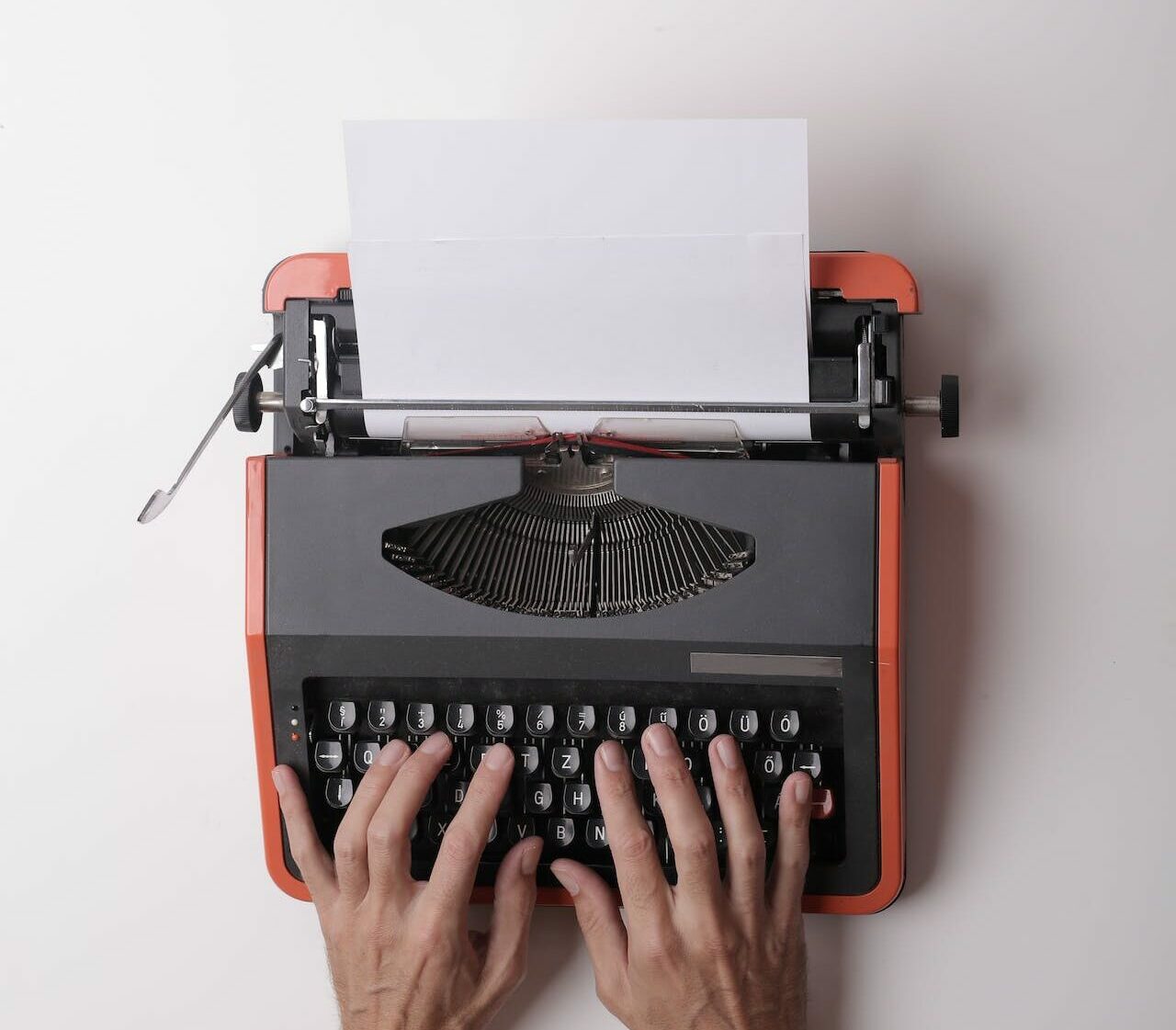
Have you ever heard of the word “uckyslush”? Or perhaps “rommytot”? No? Maybe “phizz-wizzing”? These are all words from the language Gobblefunk invented by the much-beloved children’s author Roald Dahl. Roald Dahl’s work is characterised by his ridiculous use of words and sounds, which is why children love his books so much. They are completely bonkers, off-the-rails, and utter nonsense directly appealing to their imagination. But imagine this: Roald Dahl edited by AI.
In a world of ever-advancing technology, creativity has always been seen as the pinnacle of human ingenuity. It’s what sets us apart from the machines. Think about it: creativity is our superpower! Sure, it might not be as flashy as flying or shooting lasers from our eyeballs, but the power allows us to imagine what it would be like having those powers in the first place. It enables us to conjure up new ideas, innovative solutions, and fresh perspectives that push the boundaries of what we know and what we think is possible.
Take a look at the legend, Walt Disney. The Disney empire, now worth over $147.20 billion, all started with a tiny drawing of a mouse. Creativity taps into our imagination, our lived experiences, and our emotions to make connections, find unique solutions, and generate mind-blowing insights. But here’s the thing: in this brave new world, AI is starting to steal some of that thunder.
We’re seeing a tremendous shift toward Artificial Intelligence (AI), with one of the latest breakthroughs being ChatGPT. ChatGPT made AI accessible to everyone, and we are making use of it. It has revolutionised the way we gather information, brainstorm, and tackle those mundane, mind-numbing tasks that we all loathe. Generative AI is all about recognising patterns, analysing data, and learning from experience to create the best, most logical, and most acceptable result possible.
This natural filter that AI has significantly stunted its capacity for randomness and the crazy, something that has been a staple in children’s literature. Just look at “Billionaire Boy” by David Walliams; it’s all about a boy who was ridiculously rich because his father invented the best toilet paper and now had to file for bankruptcy because it made everyone’s bottom purple. Or Dr Seuss, who also uses imaginative language to further enrich his writing, inventing the words “grinch” and “spuggle”.
But mark my words; the way we write and create will never be the same again.
But here’s the big question: What does the increased dependency on AI mean for creativity in the writing world? For some, AI is a godsend. It makes those tedious tasks lightning-fast, freeing up more time to focus on the good stuff. For others, it’s a creativity generator spitting out idea after idea, like a gumball machine at warp speed. But mark my words; the way we write and create will never be the same again.
What makes Dahls writing special?
And that brings us to today’s topic—AI’s impact on creativity in children’s literature. To truly grasp the potential of AI in this realm, let’s continue using Roald Dahl’s writing style as our guide. Specifically, let’s dive into his brilliantly bizarre made-up language: Gobblefunk.
Dahl’s use of Gobblefunk not only sets his stories apart but it challenges our whole perception of language. The man gives completely made-up items delightful names like “snozzcumber” in his book “The BFG” or even invents names for emotions without a proper description, like “uckyslush”.
How does AI measure up?
AI, however, has yet to crack this particular nut. You see, language and grammar are all part of AI’s vast database and known patterns. So, in order to grasp the limitations of ChatGPT, I put it to the test and asked it to whip up a grammatically strange story. And the result, my friends, was pure, unadulterated lunacy. Brace yourselves.
“In an upside-down world, where fish flew and elephants swam, there lived a talking potato named Bob. Bob, who wore a hat made of spaghetti and liked to dance disco on his head. One day, while juggling oranges with his feet, Bob discovered a portal to a parallel universe filled with sentient rubber ducks that spoke Shakespearean English”.
I think we can all agree this won’t become the next New York Times best seller. Furthermore, AI seems obsessed with typical English names and Western references. When I asked it to re-write the classic “Three Little Pigs” story into a Roald Dahl-esque narrative, it gave the pigs the names: Percy, Cedric, and Felix.
The truth is, even with all its advancements, AI still struggles to capture the nuances of random human creativity. Because it is modelled after specific materials, it has a very limited capacity for creativity. AI is either entirely logical or random, and it has yet to figure out the sweet spot. Roald Dahl and other writers are able to make sense of the chaos ––the random, if you will–– which is what makes their stories funny, memorable and magical.
Cover: Pexels/Andrea Piacquadio
Edited by: Ashley Young





